Sponge-meat-eater, one of the most bizarre new species discovered in the year. This carnivorous deep-sea sponge is shaped like a candelabra. It was first detected remotely - to operate a vehicle in the ocean off Monterey Bay in California. Sponges use Velcro hooks on the tentacles to catch floating by crustaceans.
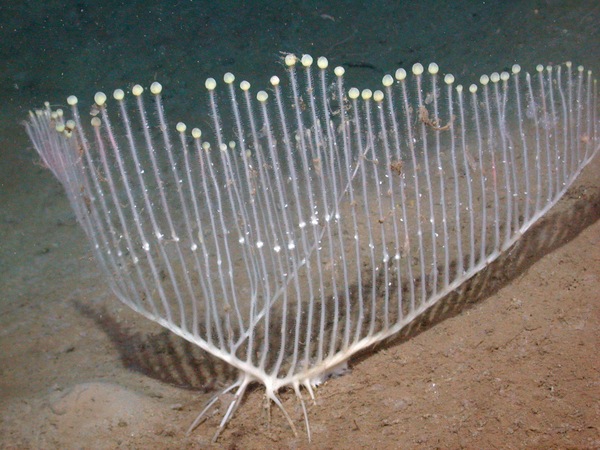
Brookesia micra smallest known chameleons. Found on a small island near Madagascar, this chameleon so tiny that can fit on the head of a match or a human finger.
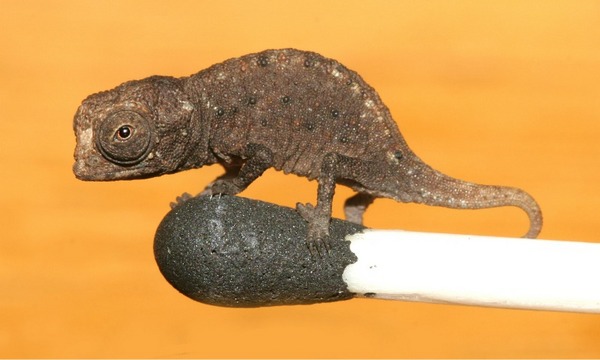
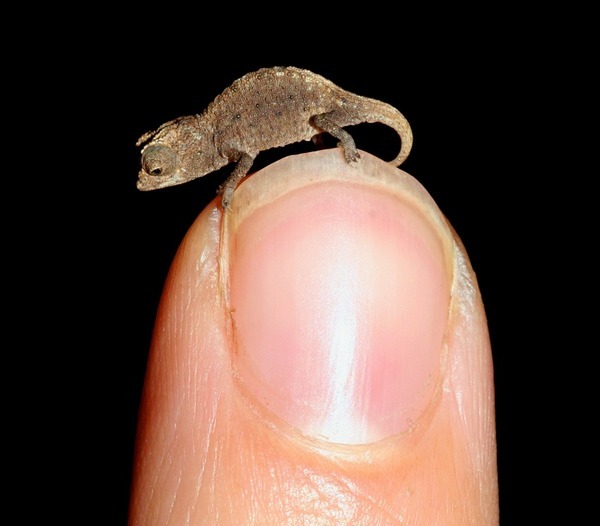
This frog is sitting on a 10-cent coin. The little amphibian, the scientific name of which Paedophryne amanuensis, is the smallest of the living vertebrates. Found it in the jungle of Papua New Guinea in 2009, but has been described in scientific journals until early this year. A frog discovered thanks produce sounds high, reminiscent of crickets.
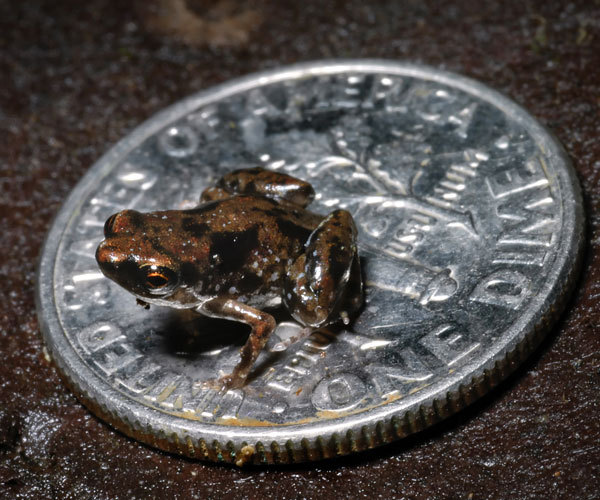
The name of this strange creature dubbed Yoda purpurata, or purple Yoda. This worm was found at a depth of 1.5 miles (2.5 km) in the Atlantic Ocean. Outgrowths on both sides of the head of department reminded explorers Yoda from "Star Wars." Hence the name of the worm.
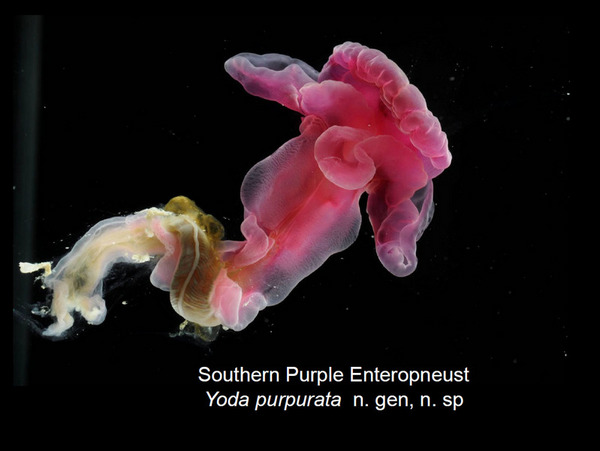
This is not normal, all known kosinozhka. This is a spider with long twelve-inch (33 cm) feet - the largest of harvestmen ever found. Harvestman - a real name kosinozhki, kind of spiders are often taken by mistake for a spider. This creature was found in the caves of Laos when shooting a television show.

Blanchard Randrianambinina, mouse lemur - a small primate, the size of a hamster. Was found among the dozens of other species of lemur in the jungles of Madagascar. Uprooted baby lemur - lowland jungle - are constantly under threat of destruction by man.
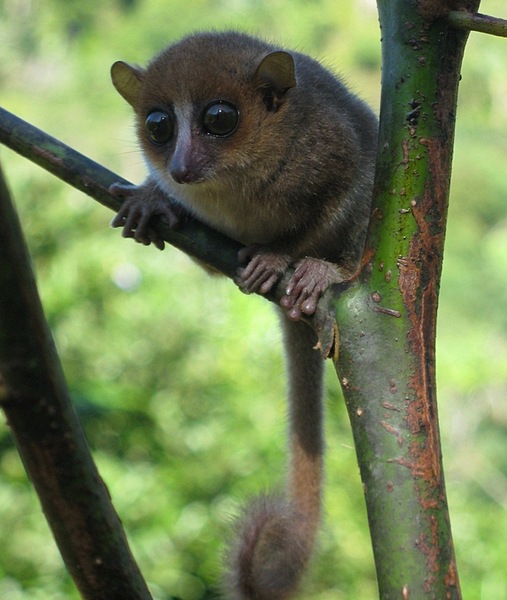
Shiny purple crab - one of four new bright-colored varieties of crabs. Was discovered near the Philippine island of Palawan last spring. All four species are found only on this island.
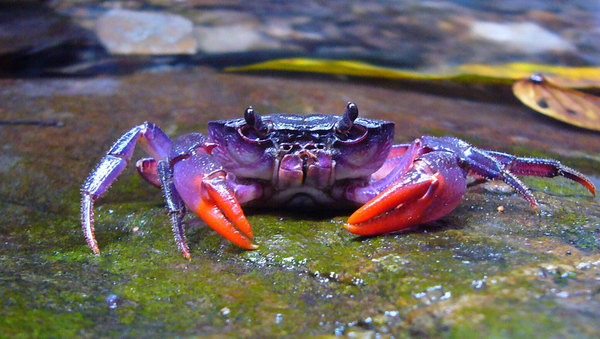
Gecko "Bumblebee" (Nactus kunan) was discovered in Papua New Guinea. Such "shmelinaya" painting, along with a number of nodules on the skin, helps the gecko to merge with the forest floor. Genetic analysis of species has shown that the gecko was not known to science before.
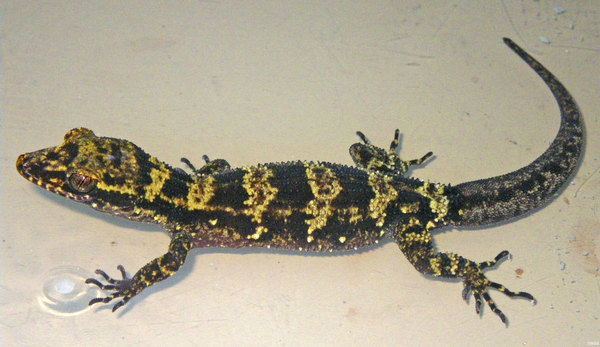
Horned viper Matilda. Gecko-like bee, this snake has a wonderful black-and-yellow color, and hornlike growths on the eyes. Was found during the biological research in Tanzania. Discoverers keep accurate habitat type in secret, so that it does not become a victim of the illegal pet trade. Habitat of snakes, is only a few square miles in a remote forest.
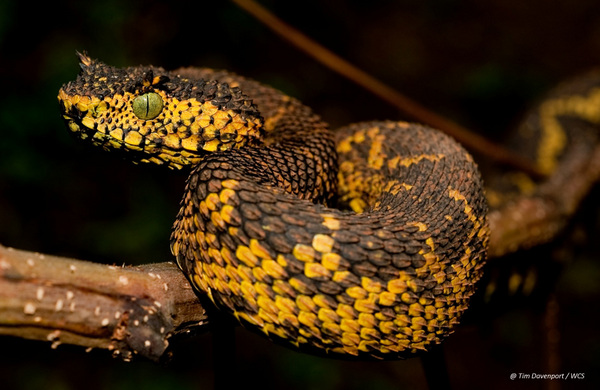
'Extinct' Galapagos tortoise. This species was not so much open as open again. He is thought to be extinct for 150 years. But the giant tortoises Chelonoidis elephantopus were actually alive and well. When the researchers analyzed the genome of related species that live on the same island, where C. elephantopus was spotted, they found markers of genetic code of C. elephantopus in another form, which was submitted recently enough that some of the C. elephantopus could still be alive. Researchers hope to find a hidden population and restore appearance.
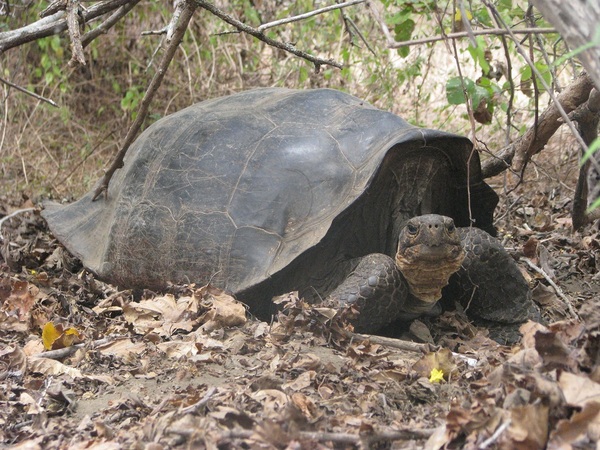
The
bright red bird Sira Barbet (capito Fitzpatrick) was seen by the
brilliant scarlet color in the mountain forest of Peru during the
expedition. Was described in the magazine earlier this year, and is named after the famous ornithologist. The birds are kept in pairs, looking for food in the lower layers of the forest.
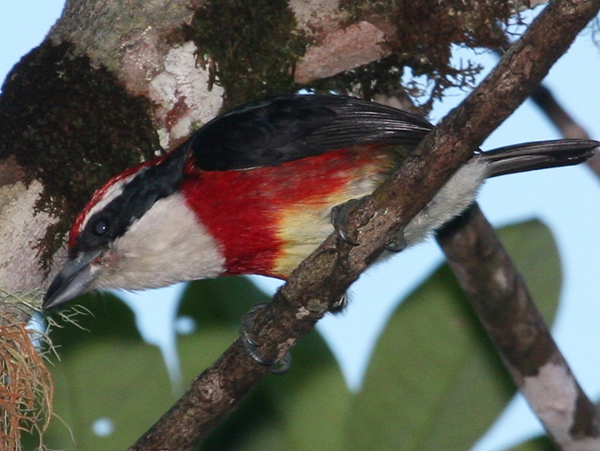
Squat lobster. In
seamounts coast of Spain, is a crustacean called a squat lobster, was
found in August 2011, and was declared as a new species in the summer. Crustacean
actually has more in common with hermit crabs than true lobsters, and
only a little more than 2 inches (5 cm) in length. This
creature is closely related to the kind of animal found in the
Caribbean, and the researchers said that both species may have invaded
the Atlantic from the Pacific and Indian few million years ago. 
2018
8 years ago









0 comments:
Post a Comment